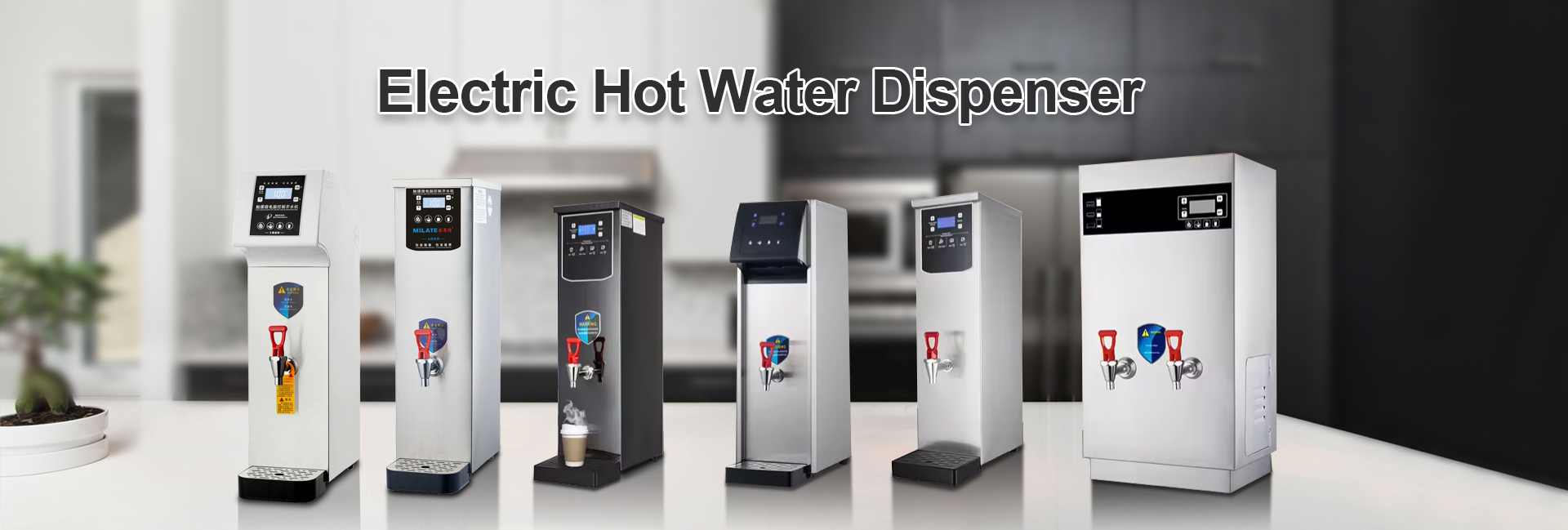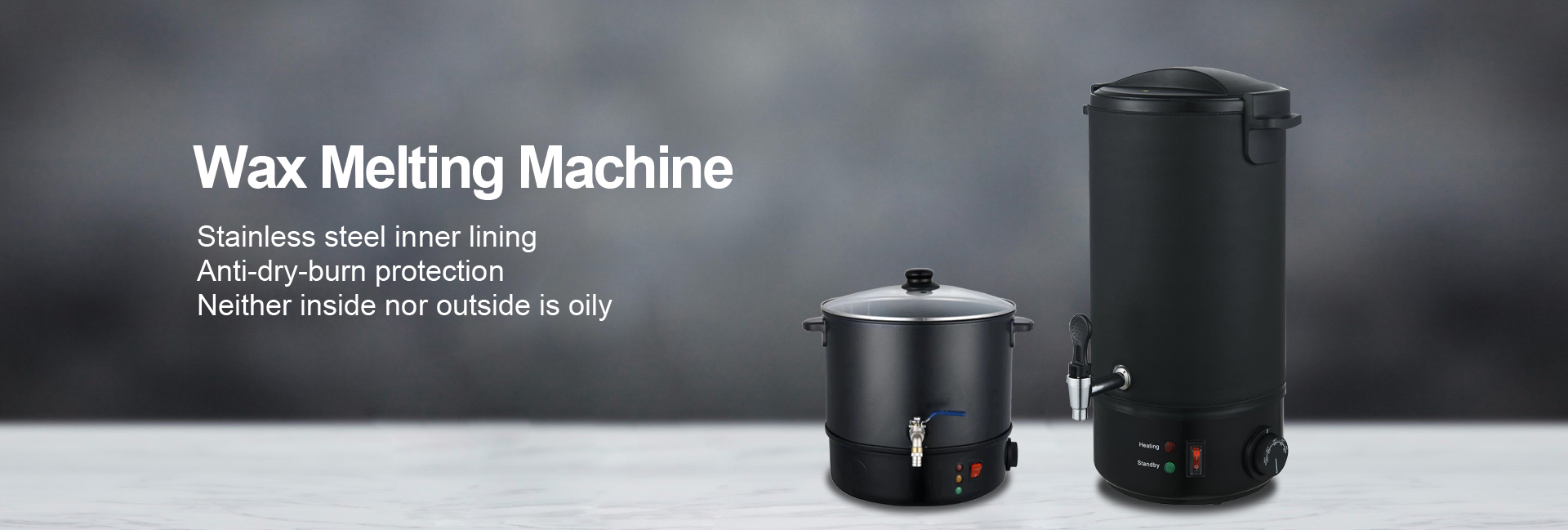News Categories
Electric kettle principle interpretation
An electric kettle is one of the modern commercial electrical appliances that can quickly heat water to a suitable temperature for drinking or brewing tea. So, how does an electric kettle work? This article will interpret the principle of electric kettle.
1. Heating element
The core component of an electric kettle is a heating element, usually made of metal. These metal heating elements convert electrical energy into heat energy, which provides heat to the water inside the pot. In general, there are two forms of heating elements: heating tubes and heating disks.
2. Heat the dish
Another common heating element is the heating pan, which is usually used in glass electric hot water POTS. The heating tray is located at the bottom of the pot and is made of sheet metal or heat-conducting glass material. When the current is passed through the heating pan, the impedance heating effect in the pan generates heat energy, heating the bottom of the pot, which in turn heats the water.
Two, temperature control system
In order to ensure that the electric kettle can reach the required temperature and maintain stability during the heating process, the electric kettle is usually equipped with a temperature control system.
The temperature control system can sense the temperature of the water in the kettle and automatically adjust the working state of the heating element to keep the temperature of the water within the set range.
Temperature control system is mainly composed of temperature sensor and control circuit. The temperature sensor is usually located at the bottom or inside the pot body and can sense the real-time temperature of the water. Once the temperature exceeds the set range, the control circuit will automatically cut off the power supply of the heating element to avoid overheating of the water. When the temperature of the water drops below the set range, the control circuit is re-energized and the heating element is restarted to keep the water temperature stable.
Third, security protection system
In order to ensure the safe use of electric kettles, common electric kettles are also equipped with a variety of safety protection systems.
1. Automatic power off protection
When the water boils, the electric kettle usually automatically cuts off the power supply to avoid overheating leading to damage or safety accidents.
2. Dry burn protection
In the case of no water or insufficient water, the electric kettle will automatically cut off the power supply to avoid dry burning leading to damage to the heating element and safety hazards.
3. Overflow protection
Modern electric kettles are usually equipped with an anti-overflow protection system, and once the water spills out of the spout, the sensor will send a signal, causing the power to be automatically cut off.
4. Anti-hot design
In order to prevent users from burning their fingers during use, electric kettles usually use insulation materials on the handle and the surface of the kettle body to ensure that the housing does not overheat.
Through the interpretation of the principle of an electric kettle, we understand that the core of an electric kettle is a heating element, which heats water by converting electrical energy into heat energy. Temperature control system and safety protection system ensure stable water temperature and safe use. The principle of electric kettle design is simple and efficient, providing us with a convenient and fast hot water supply. In the process of using an electric kettle, we should pay attention to safe use and operate correctly according to the instructions.



